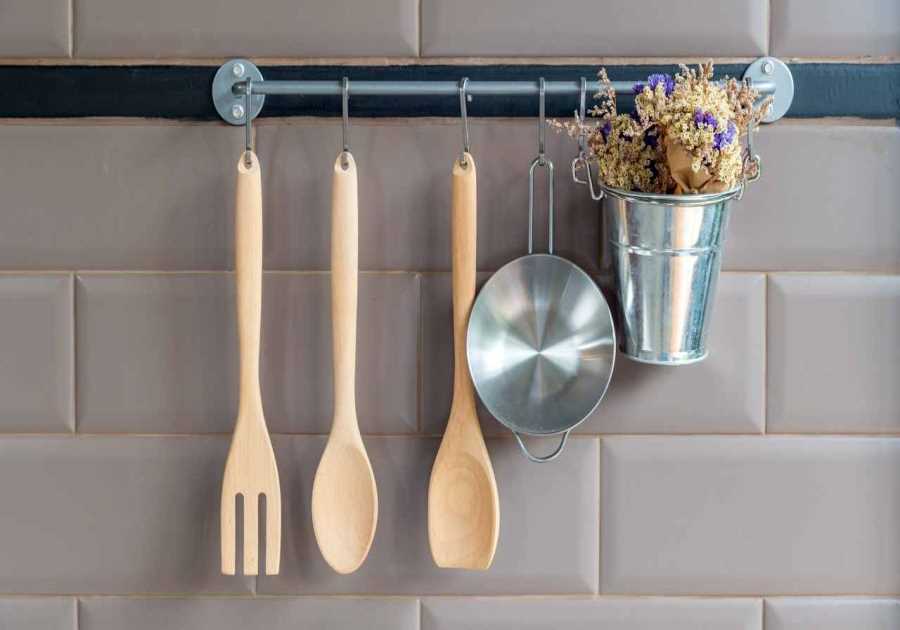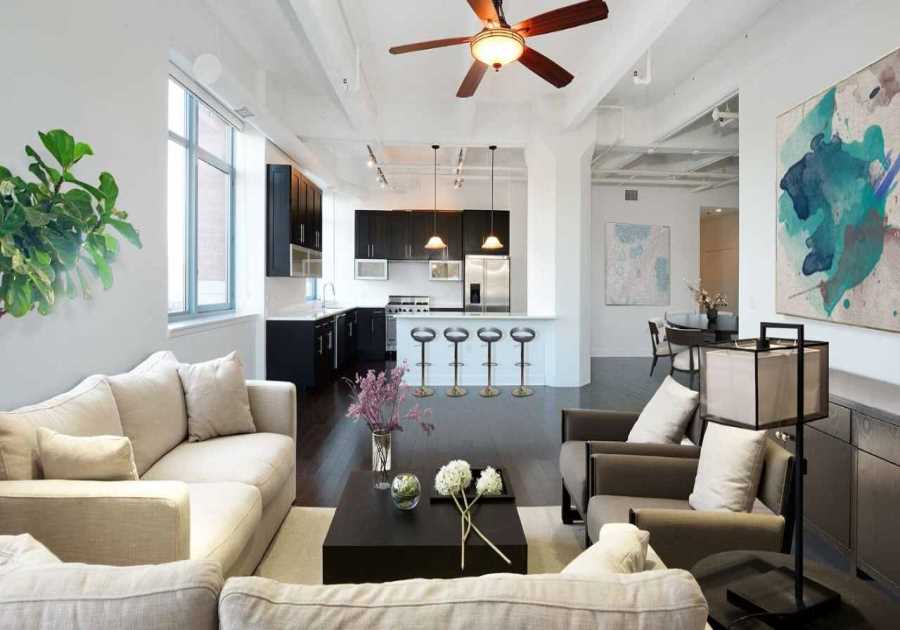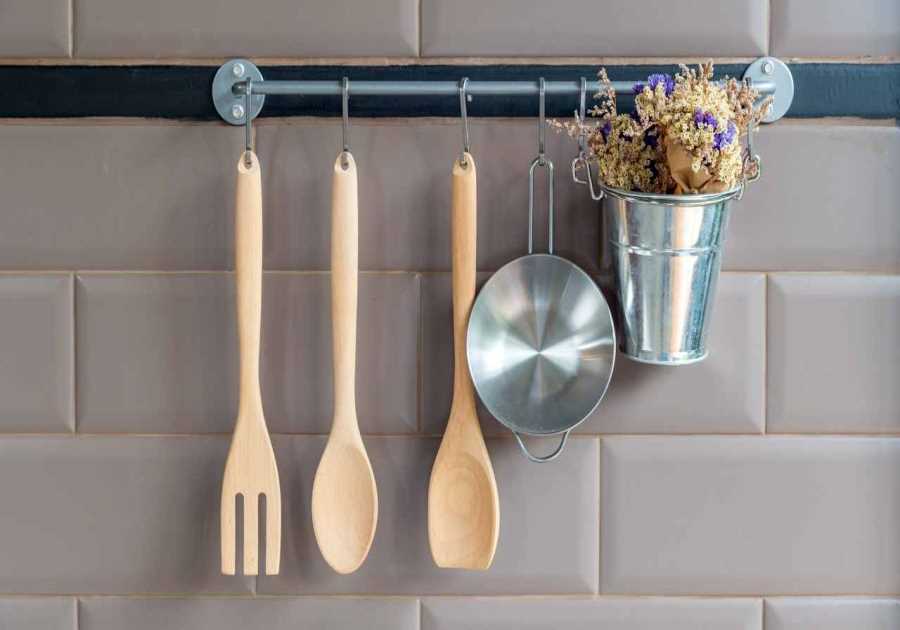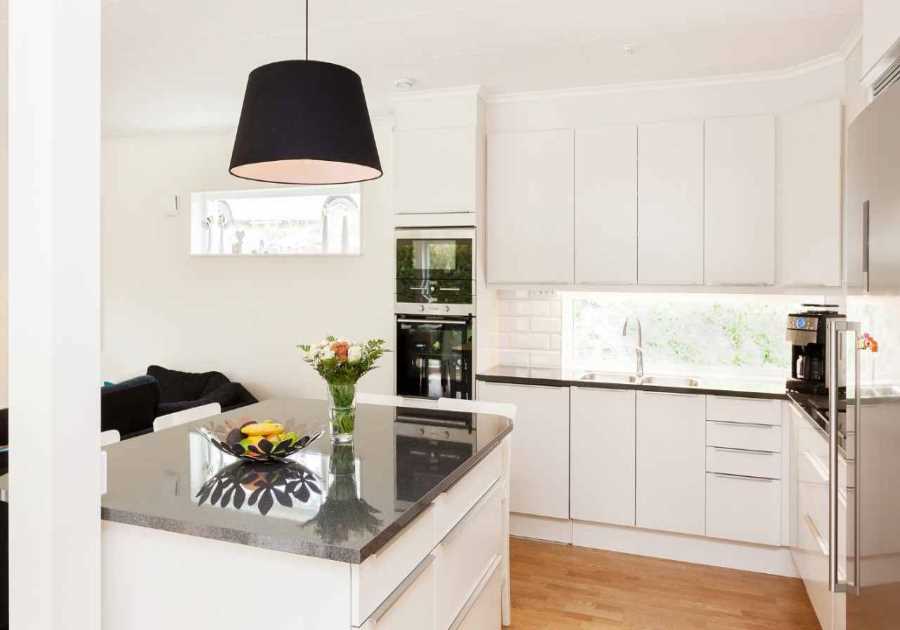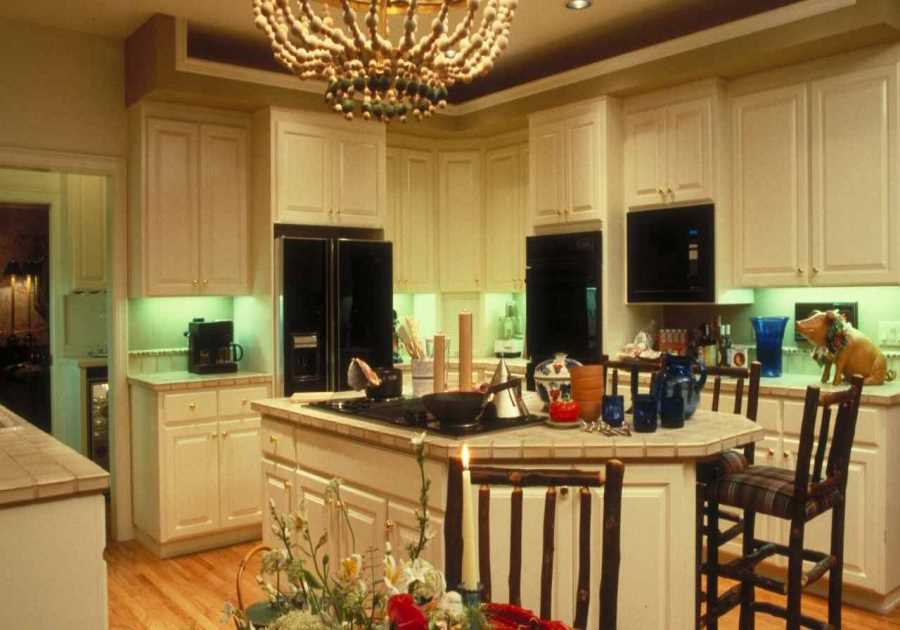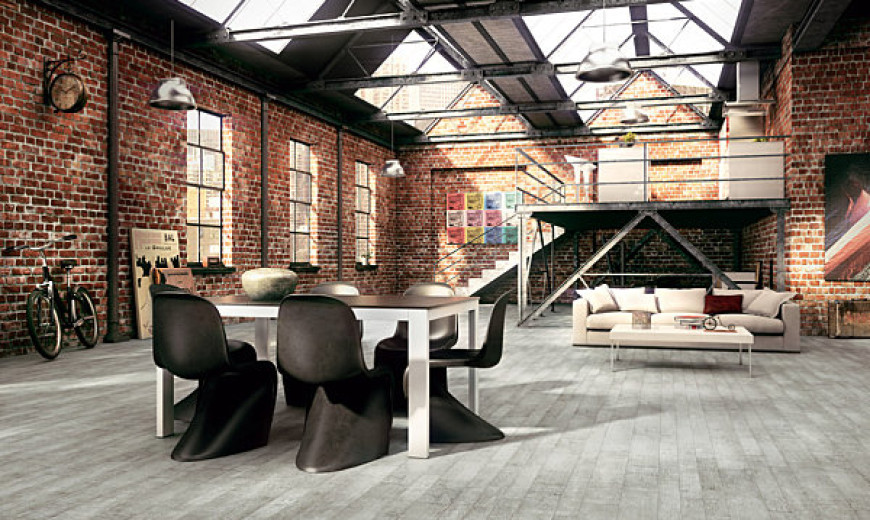
How Industrial Design Interiors revolutionize spaces and create luxurious environments.
Stunning.
This is one word that perfectly describes the power of industrial design interiors. They are exquisite masterpieces that transform ordinary, mundane spaces into luxurious havens of grandeur and style. Far from a just aesthetic change, industrial design interiors also bring immense practical advantages to homeowners, landlords and other property owners.
Sublime.
This is another apt description of how these uniquely crafted interiors can accentuate even the drabbest of living areas. By choosing high-quality materials with expert touches, homeowners or landlords can turn any space into an opulent retreat with an almost instantaneous transformation. From vivid statement furniture provisions to intricately patterned walls, materials and textures play a crucial role in elevating any home’s ambiance far beyond traditional options like carpets or paintwork alone.
Spectacular.
As well as ensuring modern molecular marvels that adorn a home look good, there are also hidden benefits when installing industrial design interiors, such as improved functionality and safety measures being made possible only through comprehensive structural designs which have been calculated to last for years ahead with minimal ongoing maintenance required on the part of the user aside from occasional refurbishments or replacements - removing much of the usual burden associated with wall-to-wall renovations.
Innovative.
What sets industrial interior designs apart from dreary alternatives is their focus on innovation and playful use of on-trend accessories like floating shelves and architectural fixtures that blend seamlessly into futuristic furnishing pieces. Intertwined by creativity and modularity, these predesigned packages help form practical, functional rooms. At the same time, adaptive materials enable individual customization or nuances to be weaved in by users who desire specialized adjustments specific to their unique tastes or requirements.
Groundbreaking.
These kinds of ambitious renovation packages not only revolutionize what once was considered subpar living areas, but they also add tangible value to respective homes, which results in increased overall potential offers made by potential buyers wishing to invest in such properties featuring enhanced internal industrial designs and aesthetics — further augmenting their value for money returns over time to all parties involved sooner rather than later.
Life changing!
If you're looking for ways to upscale your current living environments, then why not try out Industrial Design Interiors? Because it truly has no bounds — opening up unlimited horizons awaiting discovery as new extravagances await every corner as soon as you step through your front door upon installation!
Metal accents
Interior metal accents are a great way to add industrial style to any space. These adornments, from furniture pieces to wall art, are both functional and stylish.
Interior metal accents are often referred to as non-porous and easy to maintain. They can be found in various colours, including copper, brass, black, gold, silver, bronze, and stainless steel. Some popular metal accents include full ceiling accents, home bars, shower walls, shelving units with metal frames, and chairs.
Industrial design is a style that is all about functionality, vintage charm, and clean lines. The design is often used in commercial or alternative housing and features raw and manufactured elements.
The colour palette of industrial interior design can be as bold or subdued as you choose. If you go all out, choose colours that complement each other. Cool and warm-hued metallics are a great way to achieve this look.
Open concept layout
Open-concept layouts are a staple of industrial design. The benefits of having an open floor plan are numerous. For example, they allow you to entertain guests, reconfigure furniture, and heat or cool the entire space without worrying about smaller rooms. Using an open-concept design is also the best way to maximize the value of your investment.
To get the most out of an open-concept design, you'll need to know how to decorate it. For example, the best lighting for a home office might not be the same as for an industrial living room.
A great way to make a home office look attractive is to include a bit of creativity when decorating. For instance, if you are a fan of vintage items, you may want to consider using a steampunk-inspired collection.
Reclaimed wood
Reclaimed wood is a great way to add warmth and visual interest to any modern or industrial interior. This material will surely provide a unique character to any space, whether it's flooring, a beam, or a piece of furniture.
Industrial design is a popular choice in modern interior design. In this style, the focus is on the materials. This includes using recycled materials and cutting-edge technology.
A variety of accessories can also add to an industrial design aesthetic. For example, framed photographs, abstract paintings, and metal accents work well.
A fireplace is ideal for incorporating reclaimed wood into your home. You can either build the fireplace yourself or hire a craftsman to do it for you.
Regarding lighting, industrial design is often centred on floor lamps and pendants. These pieces can be used individually or in groups to create chandeliers. The use of Edison bulbs is classic in this design style. They're warm and inviting and can even be placed under lampshades to provide a simple and classic look.
Metal tubes
When it comes to interior design, metal is a material that can bring an industrial aesthetic to any room. It can be used in an area's structural and decorative aspects. For example, you can add metal pipes to a wall or a door to bring a rustic, rugged look to the space. Other options include furniture that is made of iron or steel. The best materials for lightweight strength are aluminum and carbon.
Neutral tones also characterize industrial interiors. Grey is one of the most common choices. While the colour can be used to evoke metallic, grey also has a natural feel to it. Black is also a popular choice. Paintings and abstract works are another great way to add to the aesthetic.
Frequently Asked Questions
These are the basic layouts for a kitchen.
The basic kitchen layouts that are available include L-shaped or U-shaped, Tshaped, open-concept, and T-shaped. These designs will depend on the area and number of appliances. It would help if you considered these different kitchen layouts to create a functional kitchen design for your home.
L-Shaped Design: The L shaped kitchen is the most common layout. It's easy to customize and efficient. It's perfect for small to medium-sized kitchens because it doesn't require a lot of space. You can add an island to this layout if you have the space.
U-Shaped Kitchen. This kitchen design is perfect for large to medium-sized kitchens. You can customize this layout with an island but it is not necessary.
T-Shaped Kitchen. A T-shaped kitchen is great for large kitchens as it has lots of counter space. The layout can be customized by adding an island, but that is unnecessary.
Open-Concept Living Room: The open-concept living room is the ideal choice for large rooms. This layout does not have any walls and boundaries. It's great for entertaining.
How long should a kitchen remodeling project take?
Once the cabinets have been made, it should take approximately three weeks for the work to be completed. The design and/or manufacturing of custom cabinets can take several months. This means that the whole process from start-to-finish can take several weeks.
Vancouver's climate is white-colored kitchens an option?
Vancouver homeowners love white kitchens. They brighten up spaces and give them a modern look. It's important to use natural elements like wood, as we don't have much sunlight in Metro Vancouver.
How do I begin a new kitchen design?
You should start by writing down your desires and needs. This will make it easier to communicate with potential contractors, remodelers, or kitchen designers.
- Budget: How much should you budget for your new kitchen?
- - Size. What size is your kitchen? Will you need to expand or reduce the size of your kitchen?
- Layout: How do you arrange your kitchen? Will you need to change the layout of your kitchen?
- - Appliances. Which appliances should you have in your new Kitchen?
- - Storage: How will you store all your food and supplies in your new kitchen?
- - Style: What style of kitchen do you want? Traditional, contemporary, rustic, etc.
- - Colors - What colors would you like to see in your new kitchen's design?
Once you've considered all these things, you can start planning your new kitchen!
Statistics
- It's a fantastic thing about most home improvement projects: no matter the job. It often seems like the last 20% is the most difficult. (familyhandyman.com)
- This is rather grim, but according to Business Insider, 12 percent of couples consider getting a divorce while renovating their home! (familyhandyman.com)
- According to Burgin, some hinges have this feature built-in, but it's an add-on cost for other models of about $5 retail, adding up to $350 to $500 for an entire kitchen, depending on size. (hgtv.com)
- Followed by cabinet cost, labour, and appliance costs consume 20 percent each of your budget. (hgtv.com)
- In large firms, the commission charged by the GC ranges from 15 to 25 percent of the total job cost. (thespruce.com)
External Links
homeadvisor.com
- Get a free estimate on how much it will cost to remodel your kitchen - Compose SEO.
- How Much Does a Kitchen Remodel Increase Home Value? - HomeAdvisor
homeguide.com
hgtv.com
houzz.com
- The Habitatilist – Project Photos & Reviews — South Orange, NJ US
- The 8 Essential Elements of a Craftsman-Kitchen Workbook
How To
How to design a kitchen layout
Although there's no perfect layout for a kitchen, some layouts work well in certain spaces. These are some ideas to help you design the kitchen layout that works best in your space.
- Start with the essentials. The first step is determining what you need in your kitchen and what can be sacrificed. You don't necessarily need a large stove, oven, or other appliances if your cooking isn't very extensive.
- You should also consider the traffic flow. The second step is to consider how you and your family use the kitchen and how traffic flows through the space. You will need to make sure there is enough space for everyone to move about freely, without bumping into one another.
- Maximize storage. The third step is to maximize storage in your kitchen layout. This goes for both food storage and cookware storage. It is important to make sure everything is in its right place and easily accessible.
- Include your personal style. The fourth step is to incorporate your personal style into the kitchen layout. This covers everything, from countertops and cabinets to flooring and appliances. Pick materials and finishes that suit your style.
- A professional is recommended. Work with a professional designer to design your kitchen. They can help create a layout to meet all your needs.
.png)
